Tech Tips

In a series circuit (loads connected in a row end to end), it's easy to calculate total circuit resistance because you simply add up all the resistances to get the total. In a parallel circuit, the voltage is the same across all the loads; the amperage is simply added up, but the resistance is a […]
Read more
That picture above is a WW2 poster reminding soldiers of informed self-interest, which is something we ought to consider when making decisions. We live in a world where we often make decisions quickly and expect to see quick results. That works whenever I buy from Amazon. I order a new belt, and it shows up […]
Read more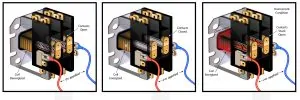
In many cases when a low-voltage or control circuit blows a fuse, it's because one of the circuits is shorted to ground or common. That may happen because of rubbed-out wires, shorted components or boards, etc. Routing wires sensibly and using proper grommets to avoid rubouts and shorts will help prevent those problems. Less commonly, […]
Read more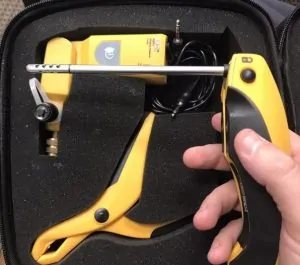
Enthalpy is easy. It's just a state function that depends only on the prevailing equilibrium state identified by the system's internal energy, pressure, and volume. It is an extensive quantity. Simple. Like most things, the scientific definition is as clear as mud. In HVAC/R, we use enthalpy measurement to come up with the total heat […]
Read more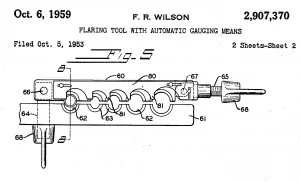
This article is not a full lesson on making a flare, but it will give you some best practices to make a flare that doesn't leak. First off, we need to clarify that very few unitary manufacturers use flares anymore. You will most often find flares on ductless and VRF/VRV systems and in refrigeration. A […]
Read more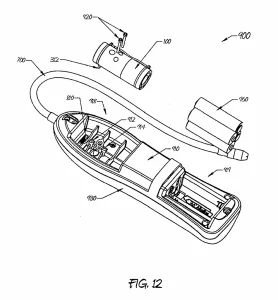
Electronic leak detection is a critical part of any HVAC technician's common practice. Unfortunately, it is also one of the most common sources of misdiagnosis. Here are my tips to make your leak detection more successful: Use Your Senses First and Your Detector Second Before starting to use your detector, STOP! Look for signs of […]
Read more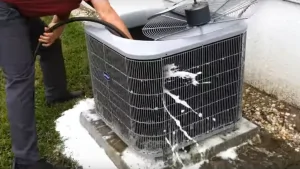
The photo above is from a video one of my techs took of proper condenser cleaning. I must say, he did a GREAT job of cleaning the coil, and he was very careful with the top. However, I STILL would have liked to see him pull the condenser top completely during a full maintenance procedure. […]
Read more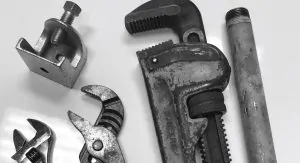
My grandfather is a really interesting guy. He grew up working in the Pennsylvania coal mines starting at the age of 7 or 8. Then, he worked as a well driller, was a plumber, went to HVAC school, did some gas work, worked a while as an electrician, became a welder, was a diver, and […]
Read more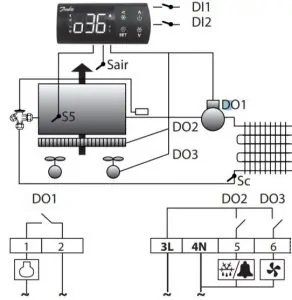
I was talking about dry contacts with one of my techs, and he looked at me like I had three heads—and one of them was on fire. So, I figured it would be good to cover the difference between wet and dry contacts in a tech tip. Basically, “dry” contacts are switches with no shared […]
Read more





